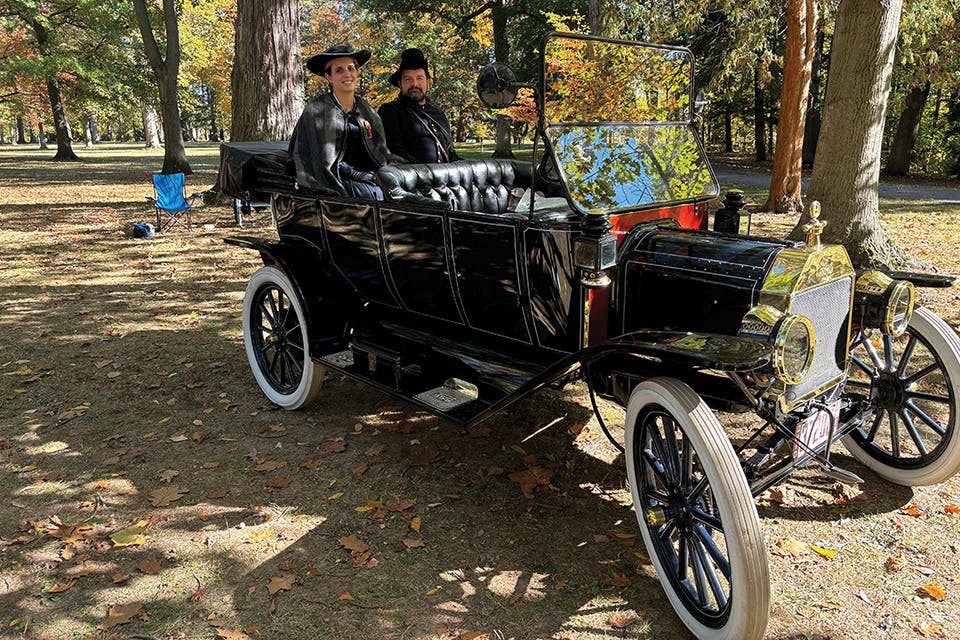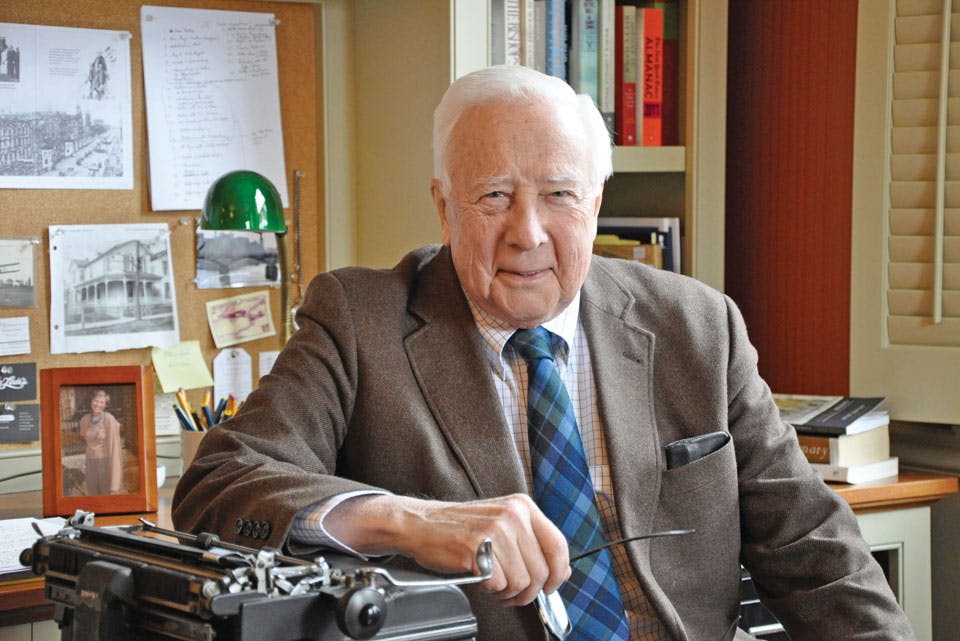Arts
Author David McCullough on ‘The Wright Brothers’
The Pulitzer Prize winner discusses his book about Orville and Wilbur Wright and how the Ohio brothers brought the airplane to the world.
Related Articles

See ’Heartland: The Stories of Ohio Through 250 Objects’ in Lancaster
The Decorative Arts Center of Ohio hosts an artifact-focused exhibition that tells the story of our state through a collection of family keepsakes and iconic inventions. READ MORE >>

Historic Marker Installed at Home of Orville Wright
Hawthorn Hill, the Oakwood home where aviation pioneer Orville Wright lived with his sister and father, now bears a new marker celebrating its place in American history. READ MORE >>

Experience Spiegel Grove’s Civil War Winter Camp
History buffs can check out 19th-century camp life, see a brass band on horseback and even take a spin in a Model-T at this immersive fall event. READ MORE >>



